Optimal Timing for Timber Rot Repairs
Timber rot repairs are most effective when performed during specific seasonal conditions that minimize moisture exposure and facilitate thorough drying. The optimal time for repairs typically occurs during dry, mild weather periods, often in late spring or early fall. These conditions help ensure proper drying and reduce the risk of future rot development.
Late spring offers warmer temperatures and lower humidity, ideal for timber rot repairs. It allows for effective drying and reduces the chance of moisture retention.
Early fall provides cooler, dry weather conditions that are suitable for timber restoration work, helping prevent moisture-related issues during the repair process.
Winter is generally unsuitable due to cold temperatures and increased moisture, which hinder drying and can worsen rot if repairs are attempted during this time.
Summer can be challenging due to high humidity and rain, which may delay drying and compromise repair longevity.
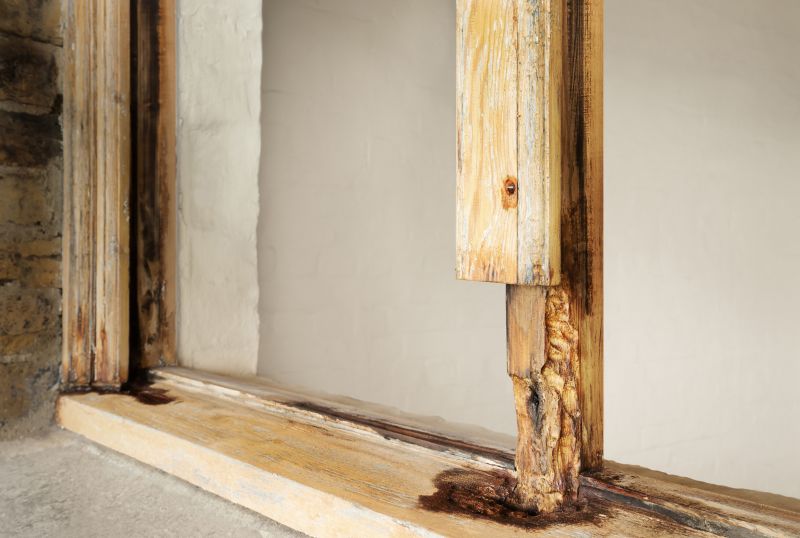
Close-up of affected timber showing extensive rot and decay.

Timber being treated and reinforced during repair.
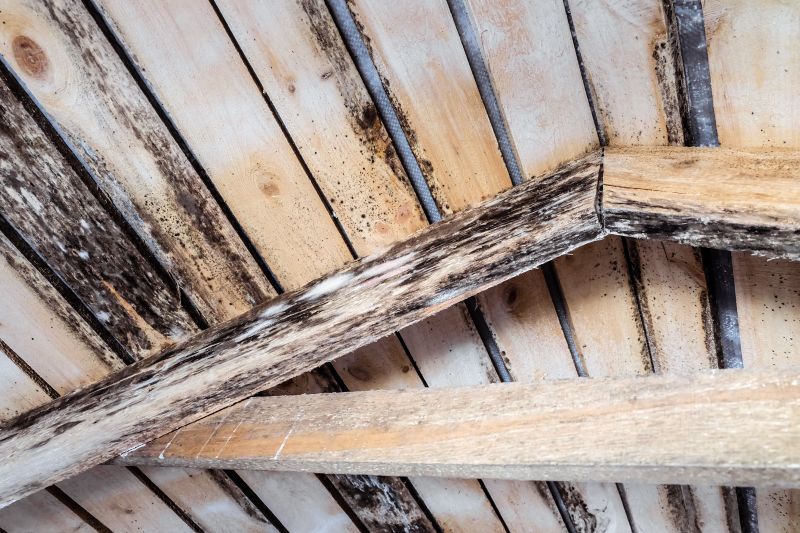
Properly dried timber after repair work.

Finished timber with restored structural integrity.
| Season | Advantages |
|---|---|
| Spring | Warmer temperatures, lower humidity, ideal for drying |
| Fall | Cooler weather, reduced moisture, suitable for repairs |
| Summer | Potential humidity and rain delays |
| Winter | Cold temperatures, high moisture, unsuitable |
Timber rot repairs involve removing decayed wood, treating affected areas, and replacing damaged sections to restore structural stability. Proper timing ensures that repairs are durable and less prone to future issues. Moisture control is critical during the process, as excessive moisture can hinder drying and promote further rot development. Regular inspections and timely interventions can significantly extend the lifespan of timber structures.

Visual inspection of timber for signs of rot and decay.
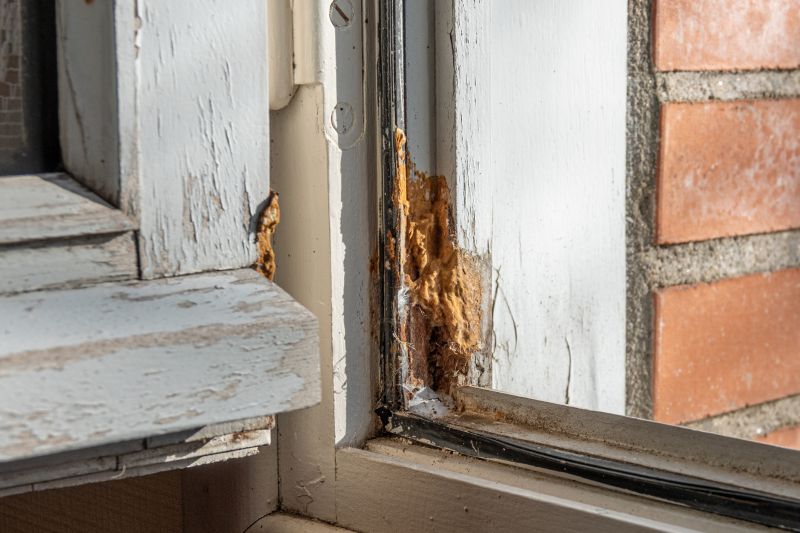
Applying preservatives and treatments to affected areas.
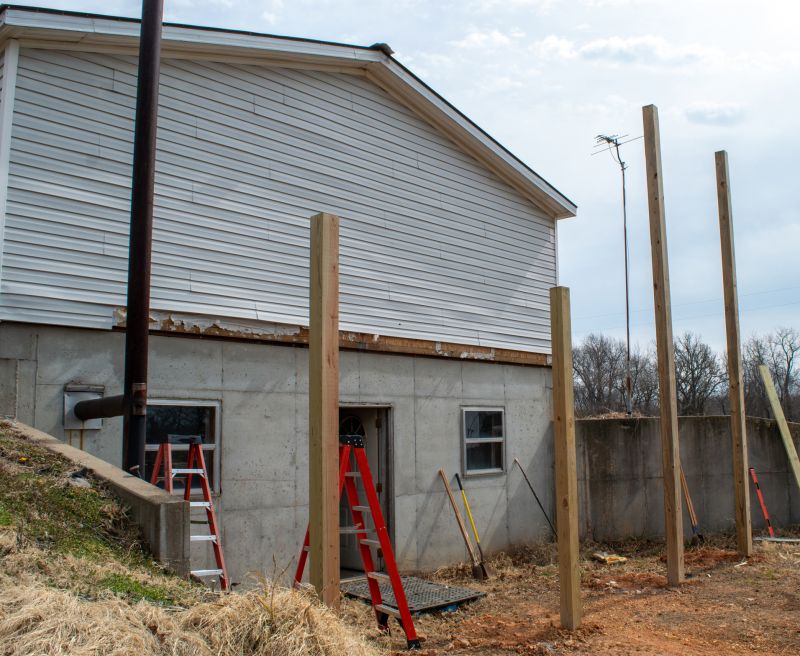
Adding supports and reinforcements post-repair.
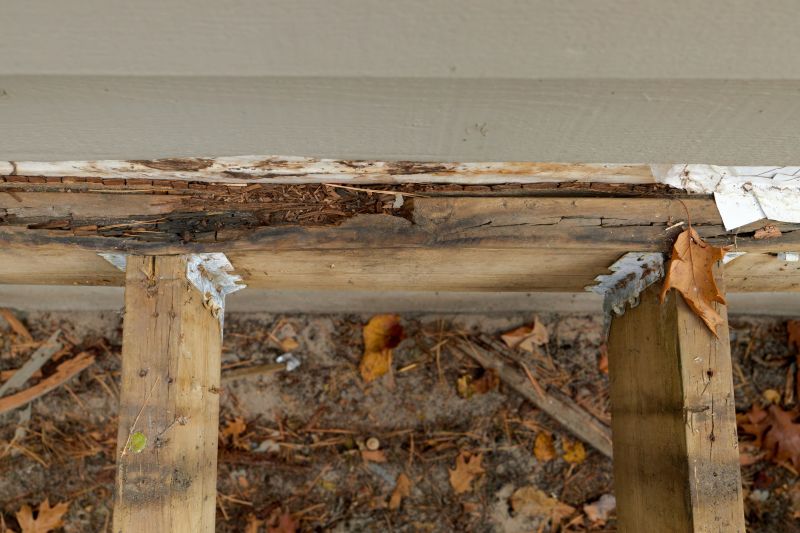
Completed timber with restored integrity.
Timber rot repairs are essential for maintaining the safety and longevity of wooden structures. Timely intervention prevents extensive damage and costly replacements. Proper seasonal planning enhances repair effectiveness, ensuring that treated timber remains durable and resistant to future moisture-related issues.
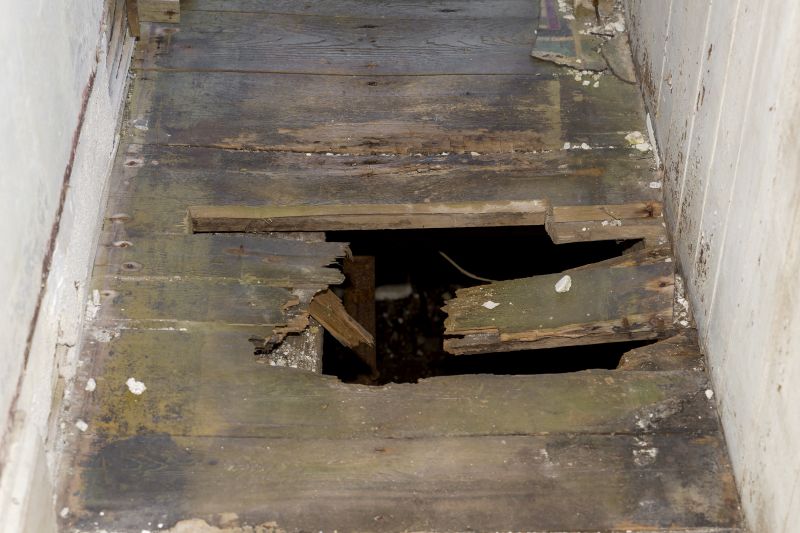
Damaged timber showing signs of extensive rot.
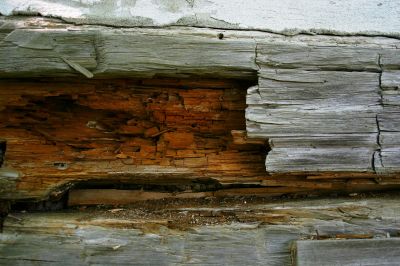
Work in progress on timber restoration.
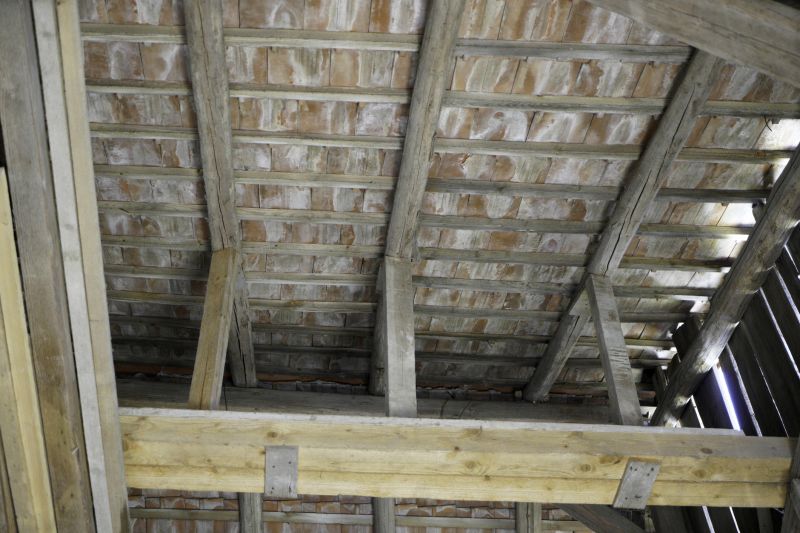
Final check of repaired timber structure.

Restored timber with new treatments and reinforcements.
If interested in scheduling timber rot repairs, filling out the contact form provides a way to discuss options and plan repairs at the most suitable time. Proper timing and professional intervention are key to ensuring long-lasting results and structural safety.
